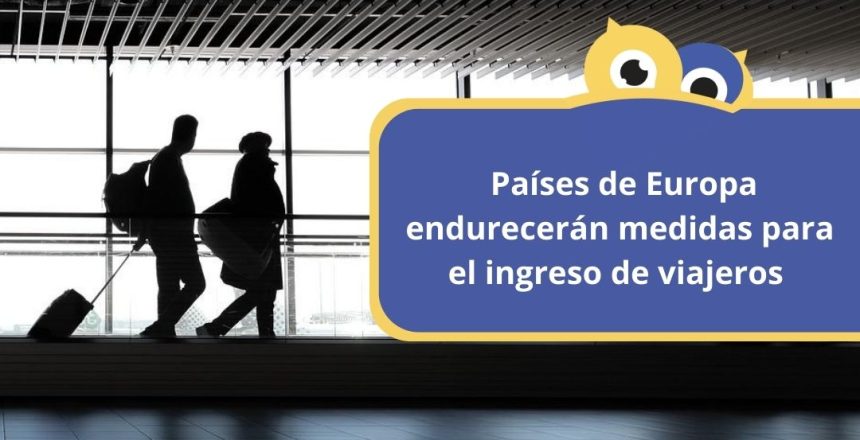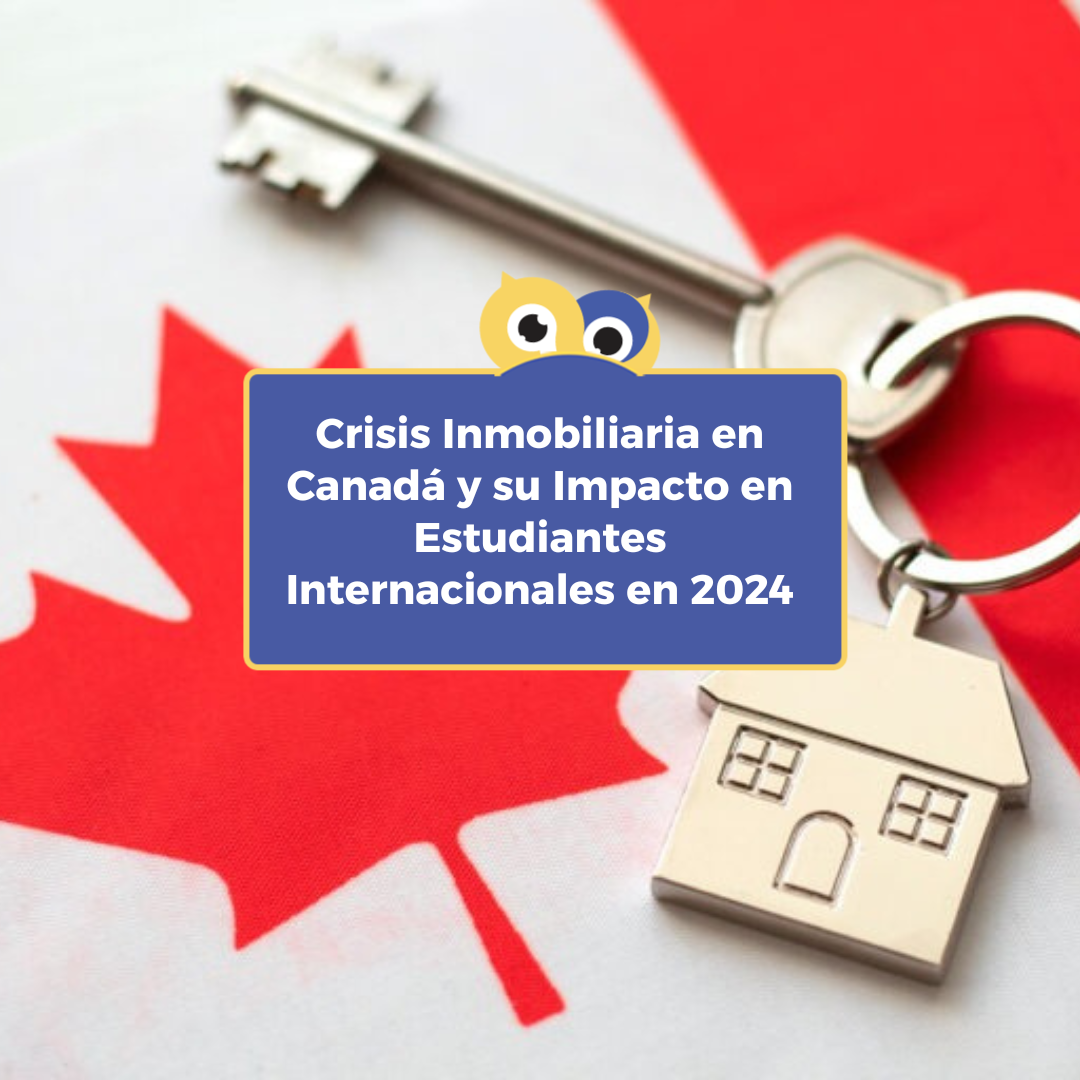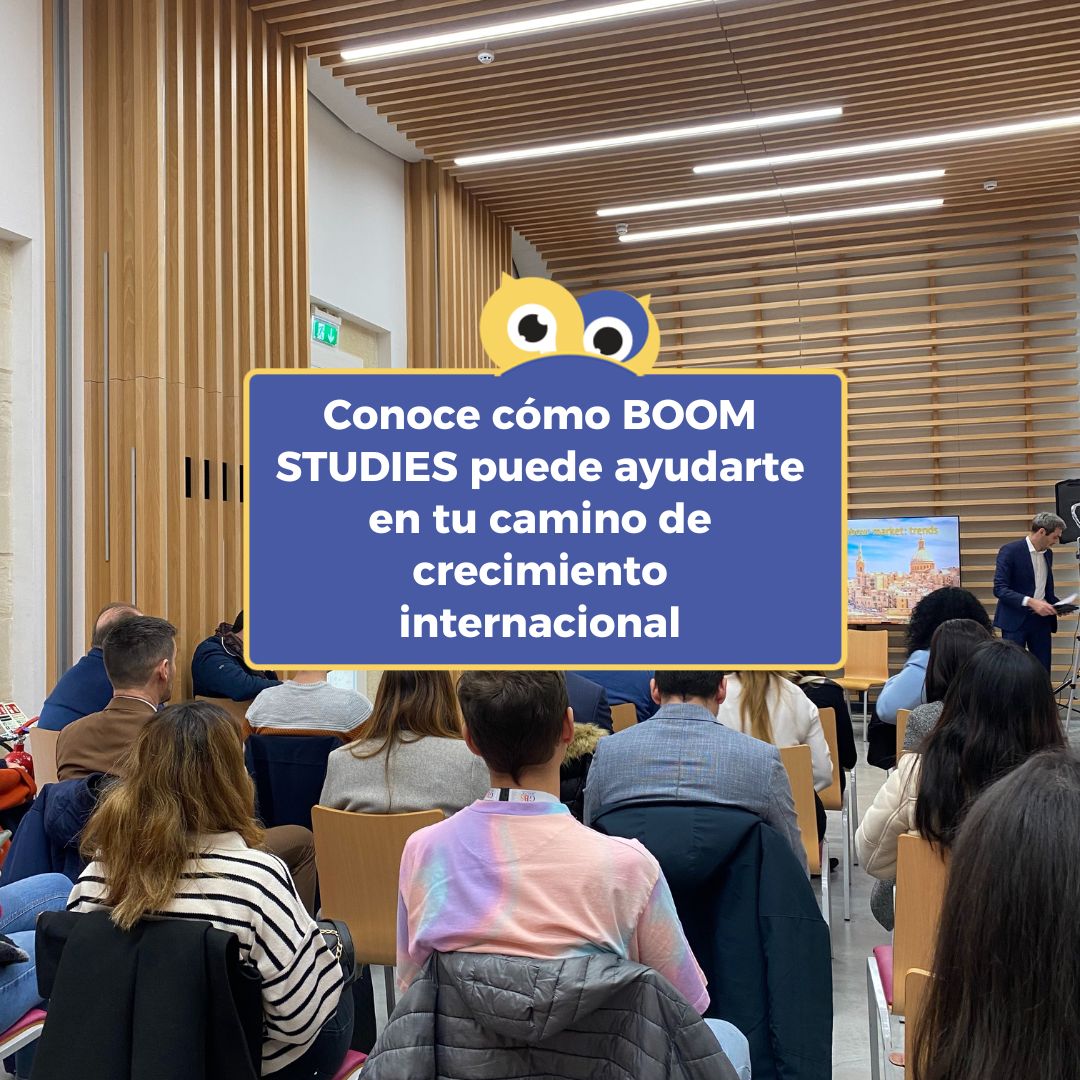The system of entry and exit to European countriesThe 'EES', which stands for 'Entry/Exit System', is a technology that Schengen Zone member countries (see full list of countries below) will start using to strengthen their border security.
Currently, entry and exit from the Schengen area is controlled manually and by means of passport stamps. This is undoubtedly time-consuming and not as accurate as the digital migration history, to which all border officials will have access.
This will be one of the most important security updates in 2022, taking into account that in November 2023, it will come into force. the ETIAS travel permitwhich will further strengthen the control exercised by border officials.
Find out all about the ETIAS process here.
Which countries in Europe will implement the EES?
In total 26 countries will implement the 'EES' entry and exit system, which is part of the Schengen Agreement, a resolution reached by several European countries to eliminate their internal borders and allow free transit of their citizens and residents.
The following is the full list of these 26 countries in alphabetical order: Austria, Belgium, Czech Republic, Denmark, Estonia, Finland, France, Germany, Greece, Hungary, Iceland, Italy, Latvia, Liechtenstein, Lithuania, Luxembourg, Malta, Netherlands, Norway, Poland, Portugal, Slovakia, Slovenia, Spain, Sweden and Switzerland.
What changes with EES for students travelling for short courses?
Visa exempt nationals, who travel for tourism or short studies (less than 90 days), do not have to go through any additional consular procedures. However, those who, in order to extend their stay, used to travel to a country outside the Schengen Area for a few days and then re-enter and obtain an additional 90 days, will not be able to do so with the EES.
From September, migration officials will not let in anyone who has already used those 90 days for tourism and short studies.
Check here for a list of visa exempt countries.
Are there any additional formalities for entry into and exit from the Schengen Area?
No, there are no additional entry and exit formalities. However, we recommend that you keep in mind the documents that may be requested at immigration.
Check the list of documents you need to bring with you here.
What must I do to remain legal after the expiry of these 90 days?
It depends on the country where you want to stay. Many Schengen countries require visitors to return to their home country and apply for an additional study or work permit to stay in their territory.
Malta, for example, allows visa-exempt nationals to apply for a student visa on its territory, as long as they have completed a minimum of 4 weeks of study in those 90 days. Boom Studies has free and personalised advice on this process.
Studying in Europe is possible, ask about our academic offer!
Boom Studies is a legally registered agency in Europe, with representatives in several countries and internationally certified for the quality of its study abroad consultancy services. Our guidance and support is free of charge. Contact us via WhatsApp and get ready for the experience of a lifetime. Let's go!








